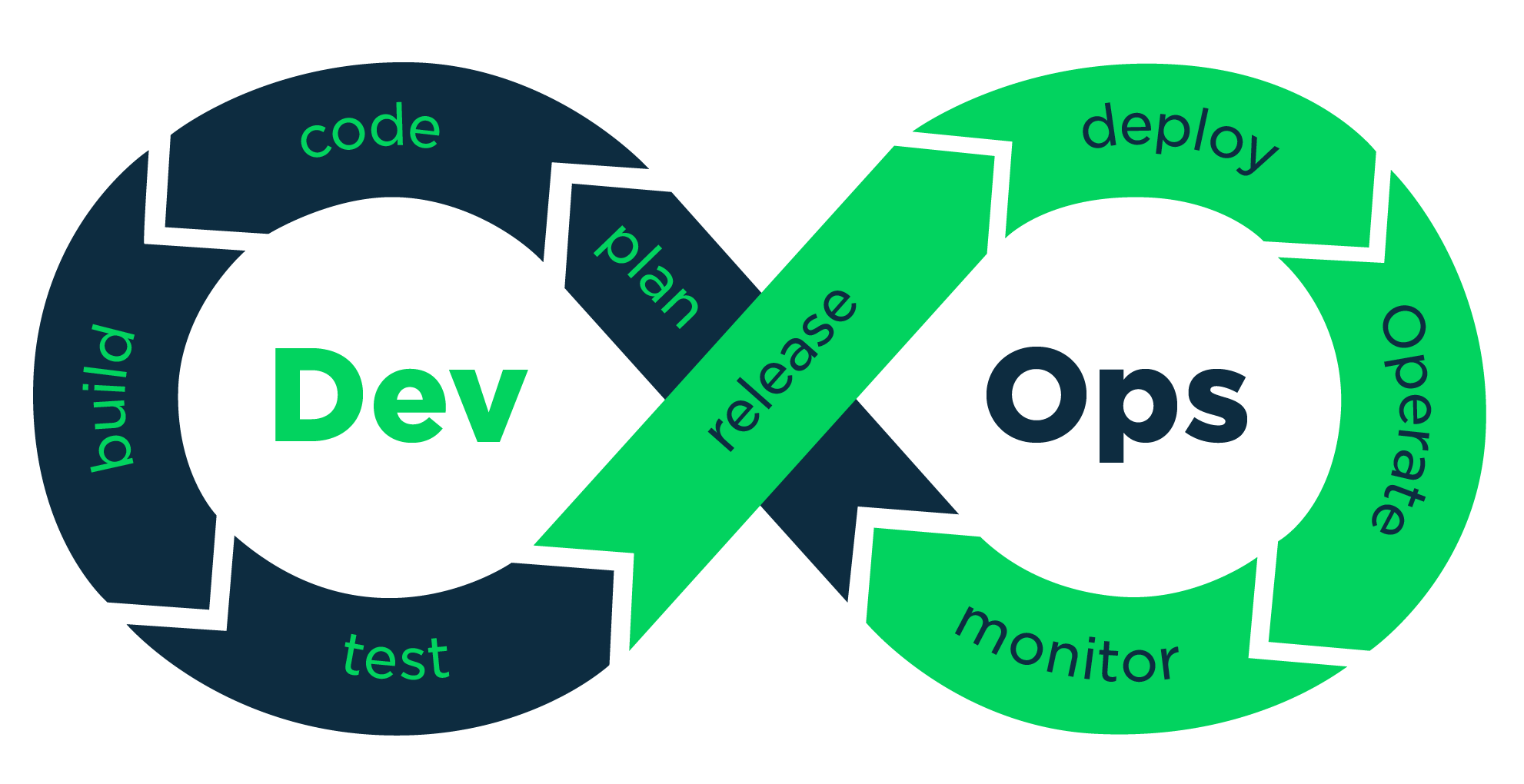Revolutionizing DevOps Testing with Feature Flags for Efficiency & Reliability

Introduction
In today's fast-paced software development landscape, DevOps has become an essential approach for organizations aiming to achieve rapid and continuous delivery of high-quality software. One of the key components of a successful DevOps strategy is testing, which ensures that applications are reliable, performant, and secure. Feature flags, a powerful development technique, can greatly enhance the efficiency and reliability of DevOps testing. In this article, we will explore how feature flags revolutionize DevOps testing, leading to greater efficiency and reliability in the software development lifecycle.
What are Feature Flags?
Feature flags, also known as feature toggles or switches, are a software development technique that enables developers to turn features on or off within an application without having to deploy new code. This is accomplished by wrapping a feature with a conditional statement, allowing it to be toggled on or off during runtime. Feature flags are particularly useful for managing the release of new features, testing in production, and canary testing.
Revolutionizing DevOps Testing with Feature Flags
- Incremental Deployment and Testing
One of the core principles of DevOps is the ability to deploy small, incremental changes frequently. Feature flags enable developers to achieve this by isolating new features and testing them independently, without impacting the entire application. This allows teams to identify and address potential issues early in the development process, ensuring that new features are stable and reliable before being rolled out to the entire user base.
- Reduced Risk and Enhanced Stability
Feature flags mitigate the risk associated with deploying new features by allowing developers to test them in a controlled environment. By incrementally releasing features to specific user groups or environments, teams can identify and address potential problems before they impact the entire application. This approach not only enhances overall stability but also reduces the need for complex branching strategies and the risk of introducing errors into the production environment.
- Improved Collaboration Between Development and Testing Teams
Feature flags foster better communication and collaboration between development and testing teams, as they provide a shared language and toolset for managing feature releases. This common understanding enables teams to work together more effectively, reducing the risk of misunderstandings and miscommunication that could impact the software development lifecycle. Additionally, feature flags enable testers to test new features in isolation, ensuring that they have a clear understanding of the functionality and requirements.
- Continuous Testing in Production Environments
Feature flags make it possible for development teams to test new features in production environments without affecting the entire user base. This approach, known as testing in production, allows teams to gather valuable feedback and performance data in real-world scenarios, ensuring that new features are thoroughly tested and optimized before being rolled out to all users. This approach significantly improves the efficiency and reliability of the testing process, as it enables teams to identify and address potential issues and bottlenecks early in the development process.
- Simplified Rollback and Recovery
In the event of an issue with a new feature, feature flags enable rapid rollback and recovery by allowing teams to disable the problematic feature without affecting the overall stability of the application. This capability significantly reduces the downtime associated with deploying new features and enhances the reliability of the software development process.
Conclusion
Feature flags have the potential to revolutionize DevOps testing by enhancing efficiency, reducing risk, and improving the overall reliability of software development. By enabling incremental deployment and testing, fostering collaboration, and simplifying rollback and recovery, feature flags empower development and testing teams to deliver better products while minimizing the risks associated with deploying new features. As the DevOps landscape continues to evolve, feature flags will undoubtedly play an essential role in shaping the future of software development and testing.